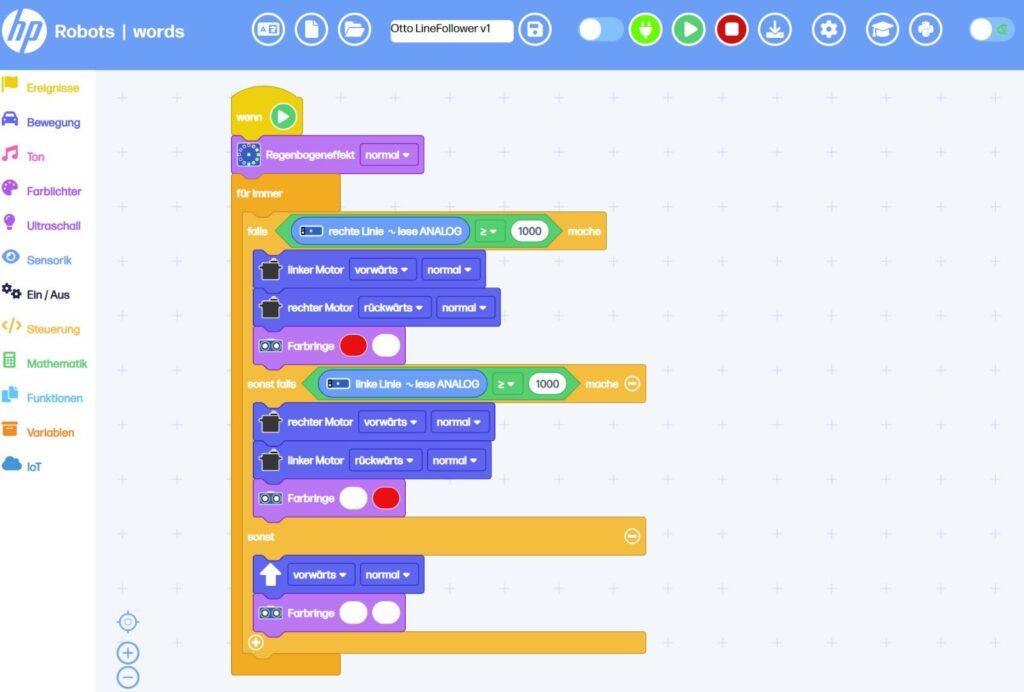
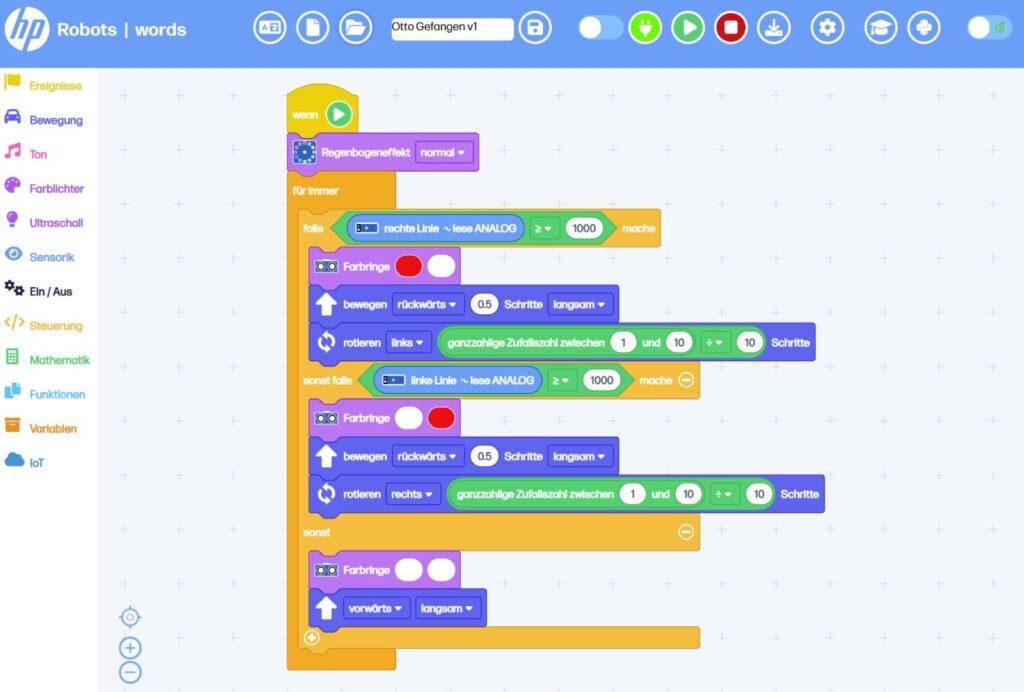



At the last Robotics Meetup Nuremberg, significant updates about the humanoid robot pib were announced: a new version is set to be released in August.
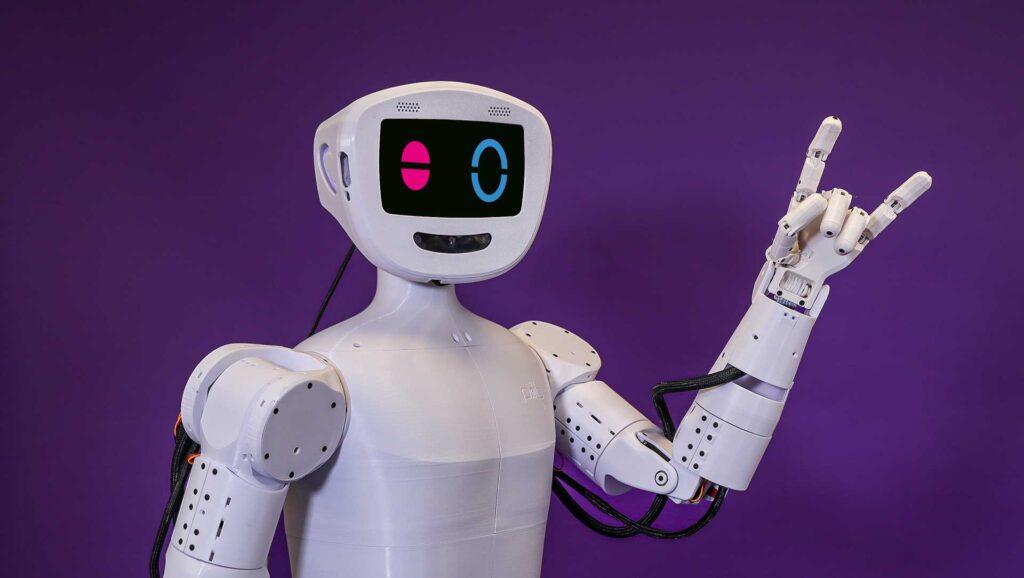
Changes from Last Year’s Version:
• Stylish Design: The upper body has been redesigned to be more stylish, with hidden screws and motors, and no loose cables.
• Easier Assembly: The new version offers simpler assembly.
• Enhanced Motors: The shoulders are now equipped with stronger motors.
• Improved Imitation Feature: Previously, pib could only follow horizontal movements. The updated version can also follow vertical movements.
• Upgraded Electronics: The electronics have been upgraded to a Raspberry Pi 5.
• Dockerization: pib is now dockerized, allowing installation on various software systems. This was a community effort, especially during the last hackathon.
• Digital Twin: A digital twin has been developed, enabling simulations and machine learning.
Continuity and Compatibility
Not everything has changed. The camera and display remain the same, and efforts have been made to maintain compatibility with the previous version. Updated tutorials are being prepared to ensure easy assembly.
The meetup also featured a guest speaker from EduArt Robotik, who introduced EduArt, the robot. After the presentations and discussions, everyone enjoyed pizza and drinks while networking with fellow robotics enthusiasts.
EDINBURGH, SCOTLAND (PRWEB) OCTOBER 22, 2019
Today Robotical launched a crowdfunding campaign for their versatile STEM robot, Marty 2.0, a low cost, fully programmable walking, dancing, soccer-playing robot designed for kids, makers, and educators to learn coding and robotics skills. It is now available on Kickstarter for the starting price of $120.
Marty 2.0 is the updated version of Marty the Robot. Like its predecessor, the newest robot can be coded by users from ages 8-18 in languages including Scratch and Python. Marty is compatible with single board computers like Raspberry Pi, is expandable, and can be customized with 3D printed parts. Marty comes as a kit or pre-built, so users can either build from the ground up or jump straight into coding the robot to walk, turn, dance, kick a football and more.
“Building and creating the first Marty was a dream come true and we’re thrilled to launch the new and improved Marty 2.0,” said Founder and CEO Alexander Enoch. “Marty 2.0 was built with a passion to help kids learn how to code intuitively and easily progress into using coding programs like Scratch or Python. It’s also fun. You can even teach Marty to floss!”
Marty 2.0 is pose-able, mimics lifelike behaviors, speaks in short phrases, plays music and uses distance, position and other sensors to detect the world around him. Robotical has added a new modular expansion interface and a new learning platform and learning journey for students. The platform comes with nine all metal-geared smart servos with built-in position and force feedback, so users can teach Marty new moves by demonstrating them.
“With Marty 2.0, our hope is to continue making STEM education accessible to children of all ages across the globe. Marty already helps children across more than 50 countries, including the UK, US, Australia and in schools in Rwanda. With these newly added features, we’re hoping that Marty 2.0 will expand further with its unique fun and educational approach,” said Myles Bax.
The new Marty has been built based on feedback accumulated since 2016 when Marty 1.0 launched. The result is a second-generation robot with new features like sound and position sensing, and upgrades across the board to improve connectivity, usability, and buildability.
“We want to help continue to shape the future of education. Learning to code is a lifelong skill that helps teach kids not just employment-relevant skills of programming, but also life skills like
Problem-solving, patience, and creativity,” said Enoch.
Marty 2.0 is recommended for ages 10+. A simplified build variant is available for kids 7+. It connects with WiFi, Bluetooth or USB and is compatible with Scratch, Python, Javascript and ROS interfaces.
The estimated delivery date of Robotical is February 2020. For more information on pledge levels, please visit the Kickstarter campaign. Media wishing to interview their personnel should contact PR agent, Jessica Sanchez at [email protected].
About Robotical
Robotical Ltd is a startup based in Edinburgh, UK, owned and run by Alexander (Sandy) Enoch. Sandy started Robotical because he wanted a real robot to help his niece learn how to code, and also wanted to provide something real to the massive community of makers, educators, and hackers at a reasonable price.
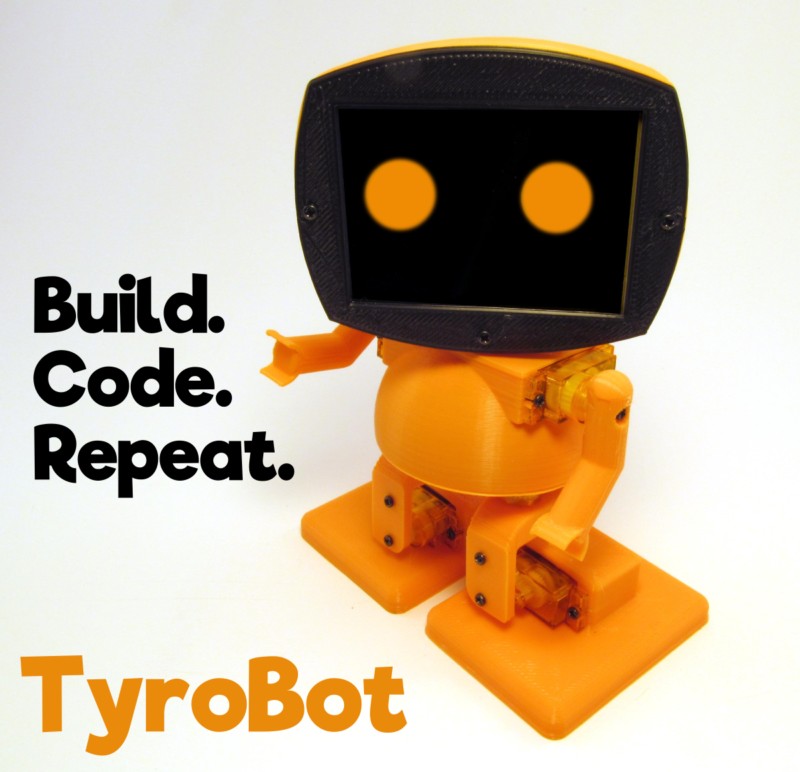
Buffalo, MN: Tyro Electronics, an educational robotics an electronics company founded by Tyler Spadgenske, just launched TyroBot on Kickstarter. TyroBot is a 3D printable do it yourself humanoid robot kit aimed at getting people of all ages and experience levels started in robotics and programming.
TyroBot can be assembled in an afternoon with only a screwdriver and a computer. TyroBot is available in two different models:

TyroBot’s brain is Tyro Board, a custom electronics controller board with a 32 bit ATSAMD21 microcontroller, WiFi, accelerometer for detecting orientation, rechargeable lithium ion battery and two expansion ports for further customization. Tyro Board supports 7 servos, 4 for walking, 2 for arms, and a head servo. On the reverse side of Tyro Board is a 2.8in TFT touchscreen display for programming and playing with TyroBot without the use of a computer.
Once TyroBot is built, flip the switch and TyroBot is operational. Using the built in software, you can make TyroBot walk forward, backward, left and right without ever having to plug him into a computer.
When you are ready for something more advanced, connect TyroBot to a computer and follow easy programming tutorials to make him do more advanced maneuvers by programming him in Arduino with our open source libraries.
With TyroBot’s built in WiFi, the user can also make TyroBot send tweets to Twitter, email, or do anything supported on the IFTT network.
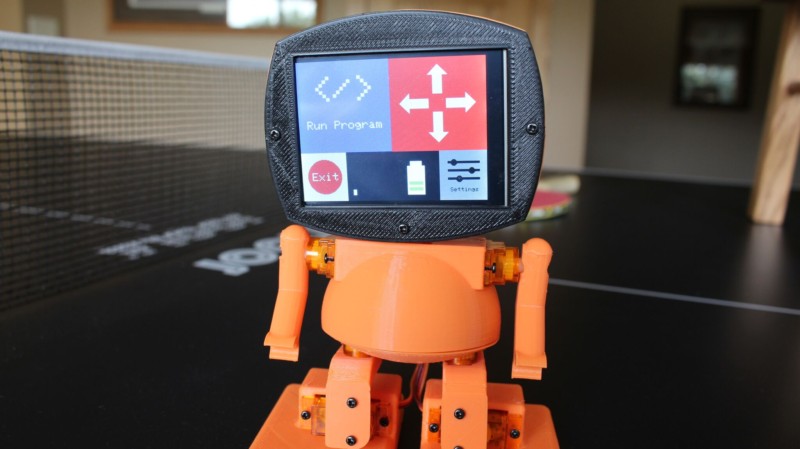
About Tyro Electronics LLC
Tyro Electronics is an educational robotics company founded in 2016 by 17-year-old Tyler Spadgenske.
Tyro Electronics started out by selling parts to make retro game emulators but has moved into selling DIY Kits with the release of TyroBot. Tyler Spadgenke is a student who has built countless electronics and robotics projects, including a Smartphone, Home Monitoring System, and a Smart Drawer.
Links
Kickstarter: https://www.kickstarter.com/projects/tyroelectronics/tyrobot-diy-humanoid-robot-kit/
Project Development: https://hackaday.io/project/12275
Project Source Code and Design Files: https://github.com/TyroElectronics/TyroBot